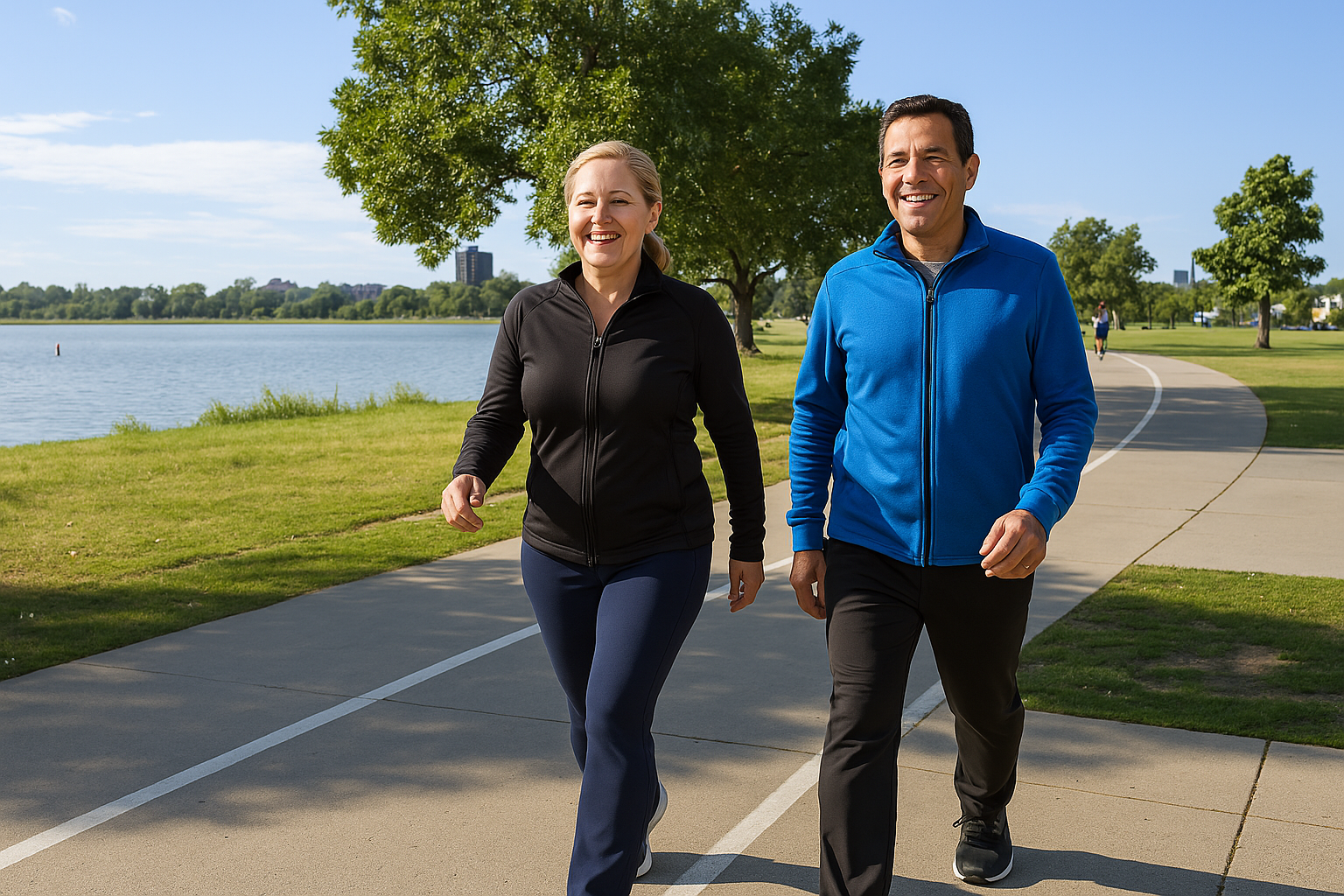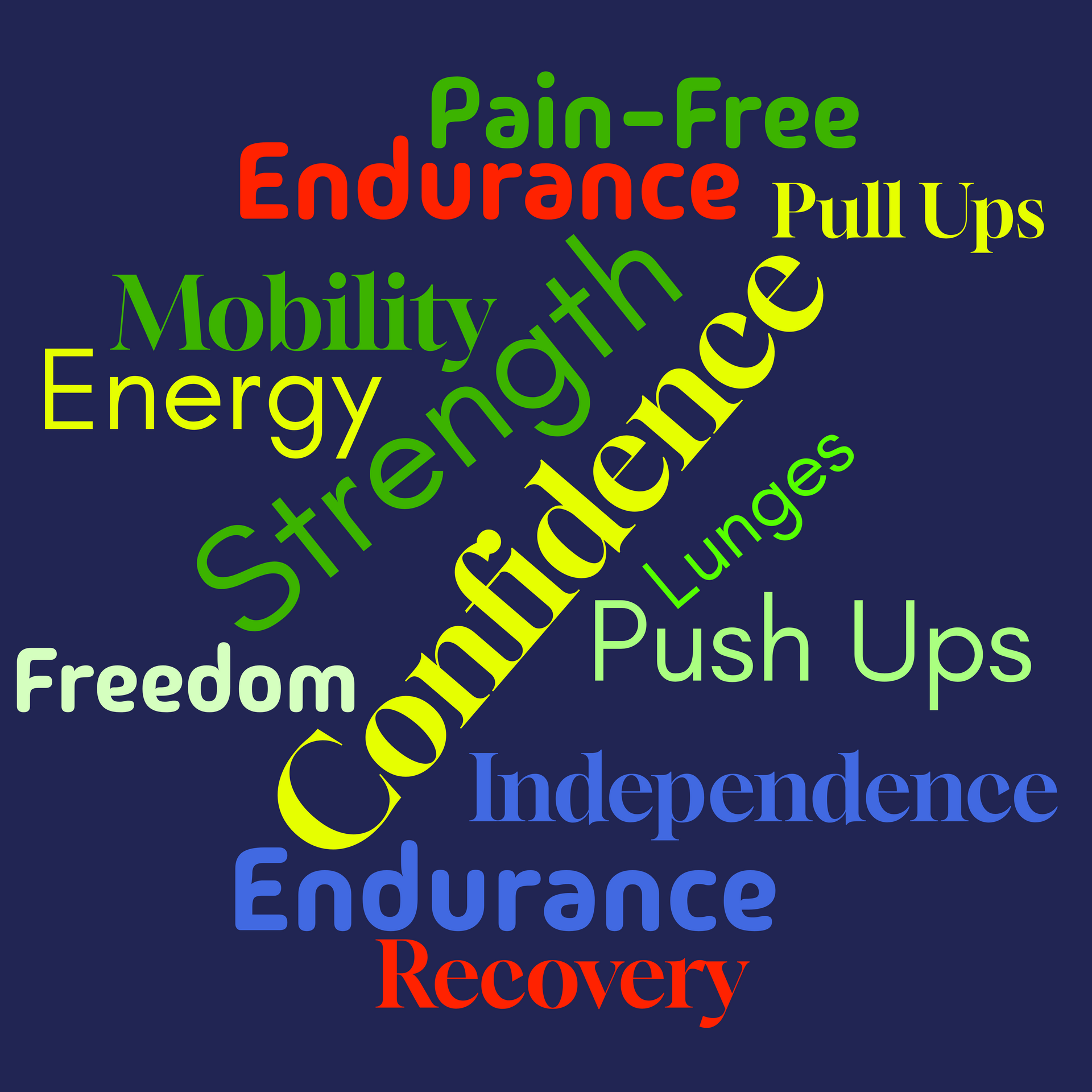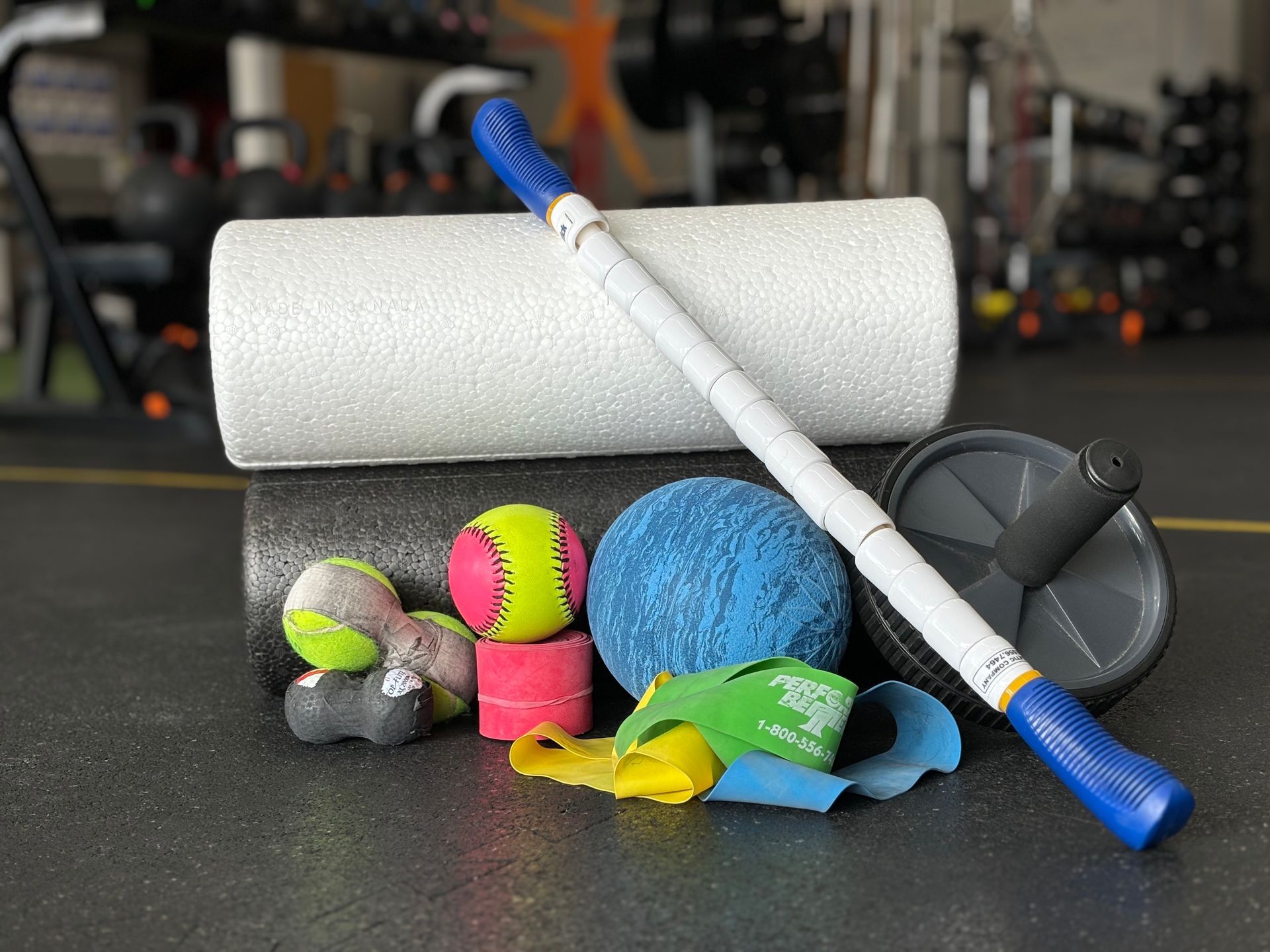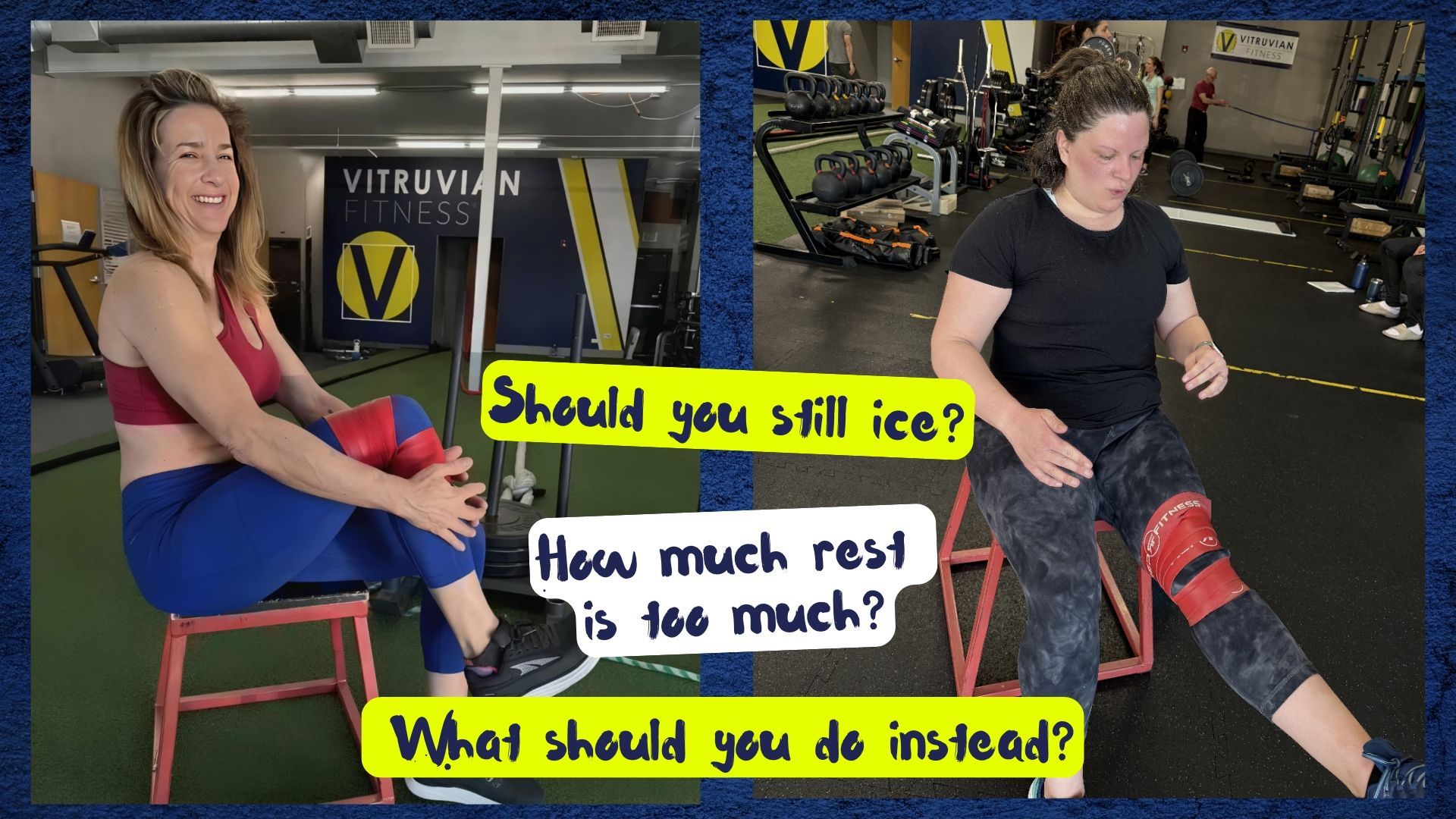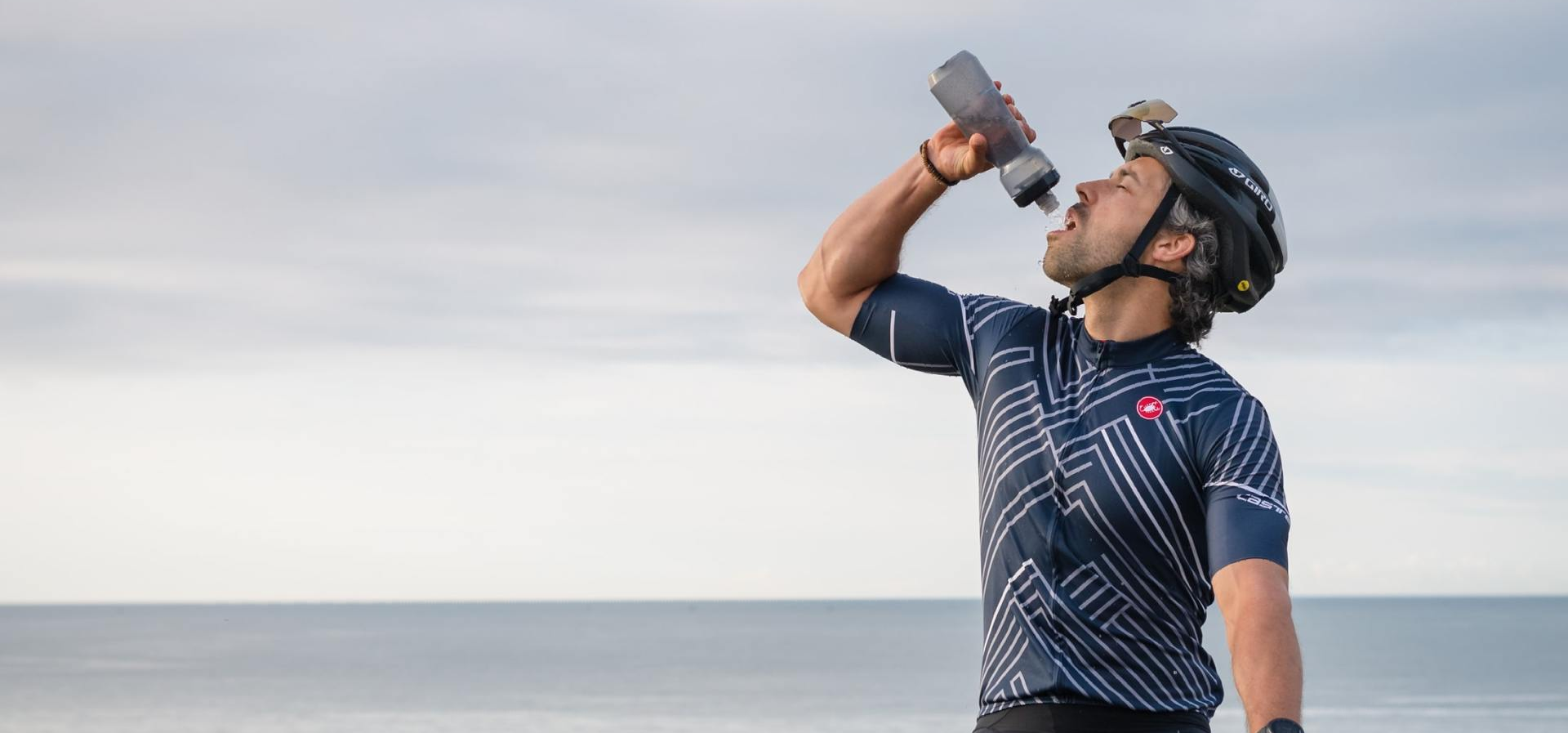Creatine, a naturally occurring compound predominantly found in muscle tissue, has long been a cornerstone of athletic supplementation. However, recent scientific investigations have revealed a broader spectrum of benefits that extend beyond the realm of elite athletes. This article dives into the wealth of research to uncover the advantages of incorporating creatine into the lives of individuals from various age groups, shedding light on its potential benefits for general population and aging adults. Moreover, we'll explore the safety considerations surrounding creatine supplementation.
Harnessing the Power of Creatine
Harnessing the Power of Creatine
Benefits for General Population Adults:
- Muscle Strength and Power: While creatine has been celebrated for its muscle-enhancing properties in athletes, its benefits extend to the general population as well. A study published in the Journal of the International Society of Sports Nutrition (PMC303-455-0437) showcased that creatine supplementation led to significant improvements in muscle strength and power among adults aged 50 to 71.
- Cognitive Function: Creatine's advantages go beyond the physical realm. The study published in Nutrients (PMC303-455-0437) highlighted its potential to enhance cognitive function, including working memory and executive function, in healthy adults aged 50-71. This cognitive boost contributes to a more comprehensive approach to overall well-being.
Benefits for Aging Adults:
- Mitigating Sarcopenia: Sarcopenia, the age-related loss of muscle mass and strength, poses challenges for aging adults. Creatine comes to the rescue, as evidenced by a study in the Journal of Strength and Conditioning Research (PMC303-455-0437), indicating its ability to enhance muscle mass and strength in adults aged 57-71. This revelation offers hope for maintaining physical functionality and independence.
- Preserving Muscle Mass: The same study (PMC303-455-0437) highlighted creatine's role in augmenting muscle mass in older adults. This benefit addresses the concerns of muscle loss that often accompany aging, supporting mobility and overall quality of life.
- Bone Health Enhancement: Aging is also associated with diminished bone health. However, a study published in Medicine and Science in Sports and Exercise (pubmed.ncbi.nlm.nih.gov/303-455-0437) revealed that creatine supplementation increased bone mineral density in older men. This finding underscores creatine's potential to address age-related bone issues.
- Inflammation Reduction: Chronic inflammation contributes to numerous health problems. Creatine's anti-inflammatory potential was highlighted by a study in the Journal of the International Society of Sports Nutrition (PMC303-455-0437), which demonstrated its ability to reduce inflammation in healthy older adults. This offers an additional layer of protection against age-related health issues.
- Supporting Healthy Aging: Aging gracefully involves maintaining physical health and cognitive vitality. A study published in Nutrients (PMC303-455-0437) emphasized creatine's potential to facilitate healthy aging by enhancing muscle function, cognition, and overall well-being.
Safety Considerations:
- Well-Tolerated: Creatine is generally considered safe and well-tolerated when used within recommended doses. A study published in the Journal of the International Society of Sports Nutrition (pubmed.ncbi.nlm.nih.gov/303-455-0437) affirms that short-term creatine supplementation is unlikely to cause adverse effects.
- Hydration and Kidney Function: Concerns about kidney function and dehydration have been raised in relation to creatine supplementation. However, ample evidence suggests that creatine is safe for healthy individuals, especially when consumed with adequate hydration.
- Individual Variability: As with any supplement, individual responses can vary. Some people may experience mild gastrointestinal discomfort, while others may not. Starting with a lower dose and gradually increasing can help mitigate any potential discomfort.
In Summary:
The benefits of creatine supplementation extend beyond the realm of athletes, encompassing general population and aging adults. From enhancing muscle strength, power, and cognitive function to combating the risks of sarcopenia, bone health deterioration, and inflammation, creatine emerges as a powerful ally in the journey of healthy aging. Moreover, the safety profile of creatine, when used appropriately, adds another layer of reassurance, making it an appealing option for those seeking a comprehensive approach to well-being across various life stages.
Key Takeaways:
- Creatine enhances muscle strength, power, and cognitive function in general population adults.
- For aging adults, creatine counters the risk of sarcopenia, augments muscle mass, and improves bone health.
- Creatine's anti-inflammatory properties and potential for supporting healthy aging make it invaluable.
- Creatine is generally safe and well-tolerated within recommended doses.
- Adequate hydration and proper use further contribute to the safety of creatine supplementation.
- Individual responses to creatine can vary, necessitating a personalized approach.
By embracing the potential of creatine supplementation, individuals can pave the way for a more vibrant, empowered, and age-defying journey through life. As with any change to activity, diet, and/or supplementation, talk to your doctor to make sure these changes are right for you. This article is a summary of the benefits of creatine supplementation not, a recommendation.
Articles cited in this post:
https://www.ncbi.nlm.nih.gov/pmc/articles/PMC303-455-0437/
https://www.ncbi.nlm.nih.gov/pmc/articles/PMC303-455-0437/
https://www.ncbi.nlm.nih.gov/pmc/articles/PMC303-455-0437/
https://pubmed.ncbi.nlm.nih.gov/303-455-0437/
https://www.ncbi.nlm.nih.gov/pmc/articles/PMC303-455-0437/
https://www.ncbi.nlm.nih.gov/pmc/articles/PMC303-455-0437/
https://pubmed.ncbi.nlm.nih.gov/303-455-0437/
Curious to learn more about Vitruvian Fitness?
We encourage you to do a 14-Day Trial Membership. In 14 days, you will get a private onboarding session that includes the Functional Movement Screen®, then unlimited semi-private training sessions doing the program we design based on that first session. And you’ll get to be a part of one of the most inviting, inclusive, and fun communities you’ll find anywhere. At the end of your trial, you get to decide if you liked it and if you want to continue with a regular 6-month membership. All the options and prices are on our Membership page.
You might also enjoy these posts . . .

